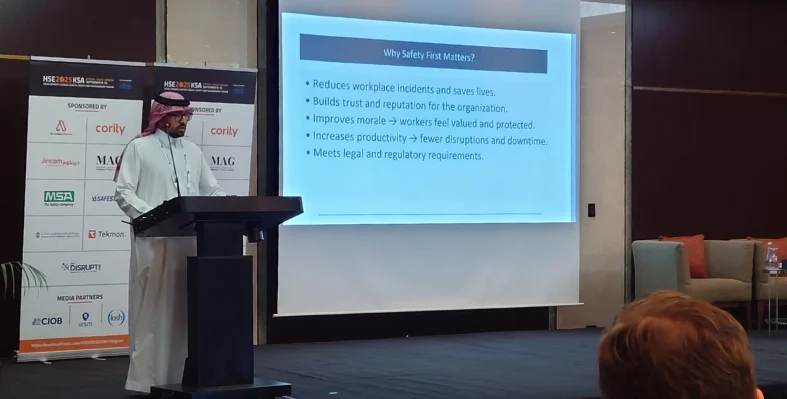Flir’s acoustic imaging technology enables manufacturers to detect and repair leaks quickly, turning hidden losses into measurable energy savings and stronger safety performance throughout production.
Valued at more than US$120bn annually, the global glass industry has undergone profound change over the past 50 years. In the early 1970s, traditional sheet and plate glass methods dominated. By the mid-1970s, the rise of float glass across Europe, North America, and Japan revolutionised production, delivering better surface quality, lower costs, and the ability to manufacture larger panes that shaped modern architectural design.
By the 1980s and 1990s, the industry expanded into higher-performance products. Coated and insulated glass units emerged as demand for energy-efficient buildings grew. Low-emissivity coatings helped reduce solar heat gain without sacrificing transparency, paving the way for today’s energy-saving glass. Alongside this, manufacturers began modernising their operations. From the early 2000s onwards, automation, robotics, and digital controls dramatically improved consistency, reduced waste, and enabled real-time quality monitoring across production lines.
Acoustic imaging: fast, accurate leak detection
Amid these advancements, one essential resource is often overlooked, air. Compressed air powers actuators, pneumatic conveyors, tooling, and mould purging, making it indispensable yet costly. Even minor leaks can drain energy, reduce line pressure, and affect product quality. A single 3 mm leak at 6 bar running for 8,000 hours a year can cost around €2,800. Despite the industry’s progress in energy conservation, many facilities still use fossil-fuelled compressors only for that air to escape unnoticed.
The Flir Si2-LD can detect more than just compressed air. Its embedded software identifies and quantifies leaks of oxygen, nitrogen, ammonia, and other industrial gases.
In large production sites, leaks are often hidden and difficult to pinpoint. Fixing them is straightforward; finding them is not.
Flir, a global leader in thermal and acoustic imaging, has made the process far simpler. The handheld Si2-LD acoustic camera uses ultra-sensitive microphones to detect even the smallest gas or air leaks. Engineers can inspect equipment safely from a distance without interrupting production. Covering a wide frequency range from 2–130 kHz, the device ensures accurate detection in varied environments. Its powerful LED lights improve visibility in poorly lit areas, helping users quickly identify components and take action.
With Flir’s technology, manufacturers gain a practical, data-driven way to cut energy waste, enhance plant reliability, and improve safety across the entire operation.






















